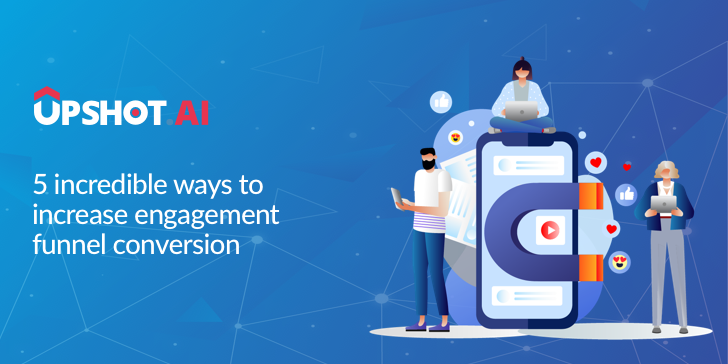Blog / 5 incredible ways to increase engagement funnel conversion
5 incredible ways to increase engagement funnel conversion
Abhinandan Ghosal
May 19, 2020
Reading time: 6 mins
Leave a Reply
Your email address will not be published. Required fields are marked *







